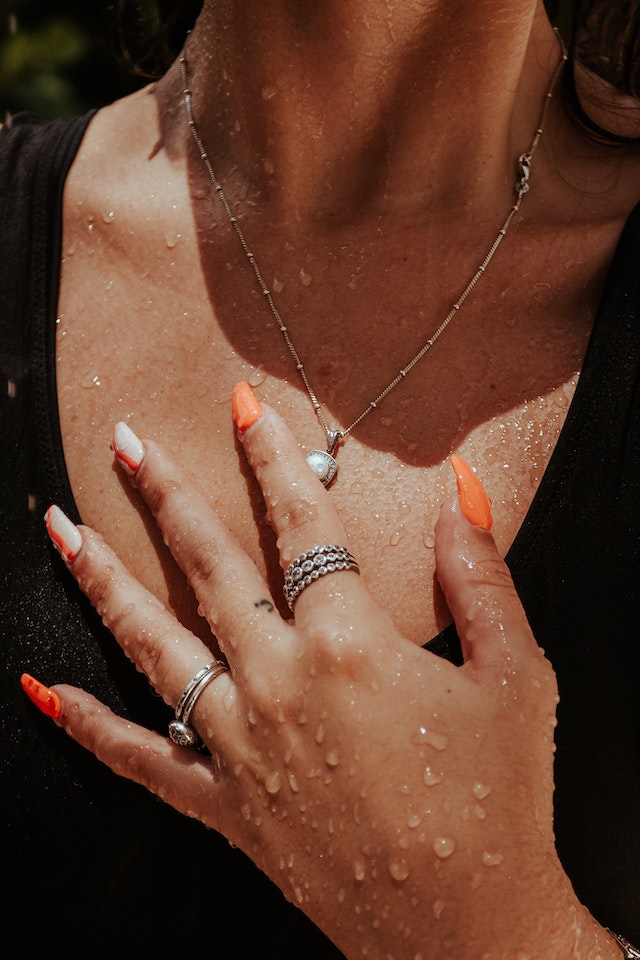Does Plated Silver Tarnish?
Silver plating is a popular way to get the look of sterling silver without the high cost. But does plated silver tarnish like sterling silver? The short answer is yes, plated silver can tarnish over time with exposure to air and moisture. However, the tarnishing process is often slower for plated silver compared to sterling silver.

How does plated silver tarnish?
Solid silver tarnishes when it chemically reacts with sulfur in the air and on surfaces like skin and hair. This same thing happens with silver plate —- the thin pure silver layer reacts with sulfur compounds to form dark silver sulfide. However, since the silver layer is so thin on plated silver, it takes much longer to penetrate that layer and reach the base metal.
Still, over time and with regular wear and exposure, the plated silver layer will thin and eventually tarnish. Heavier use and exposure will accelerate tarnishing. Humid environments with lots of sulfur in the air from pollution will also hasten tarnishing of plated silver. But in general, plated silver can last for many years before needing replating due to tarnishing.
How to slow or prevent tarnishing of plated silver?
There are a few things you can do to help prolong the time before your plated silver needs replating:
- Limit exposure to air, moisture and body oils as much as possible when not in use. Store in soft cloth pouches to avoid scratching.
- Use a gentle silver polish containing mild abrasives to buff away initial tarnishing. Never use harsh cleansers.
- Apply a protective coating spray formulated for silver. Reapply as directed for ongoing protection.
- Avoid Skin contact, hairstyling products, perfumes, lotions and cosmetics that may contain sulfur. Wash hands frequently to reduce sulfur buildup on skin.
- Get your silver replated every few years for maximum tarnish resistance. Replating also restores any fine scratches to the original finish.
In summary, plated silver does eventually tarnish over time due to wear and exposure to sulfur in the air. But by taking proper care, regularly polishing and replating, plated silver can maintain a beautiful lustrous finish for many years before needing to be replaced. While solid sterling silver remains the most durable and longest-lasting option, plated silver offers an attractive, affordable alternative if cared for properly.

FAQs about tarnishing of plated silver
Fake Jewelry or Plated Jewelry Turns Your Skin Green.
If your jewelry is silver or gold plated, the plating will wear down and expose the cheaper metal underneath. Your skin will react to the cheaper metal, most likely copper, and leave a green stain.
Tarnishing sterling silver may take from 2 months to 3 years. It all depends on your environment and the way you take care of your sterling silver jewelry. Some jewelry companies like us, put a layer of gold, platinum, or rhodium on the sterling silver jewelry.
Showering with silver-plated jewelry is not recommended, as the constant exposure to water and moisture can cause the silver plating to wear off quickly. Silver plating is a thin layer of silver applied to a base metal, and frequent exposure to water can cause it to deteriorate, exposing the base metal underneath.
Durability – because sterling silver is crafted from a metal alloy, rather than a coating, it is often more durable than its plated counterpart. Weight – sterling silver pieces tend to be lighter vs silver plated, as the base metal weighs plated pieces down.
